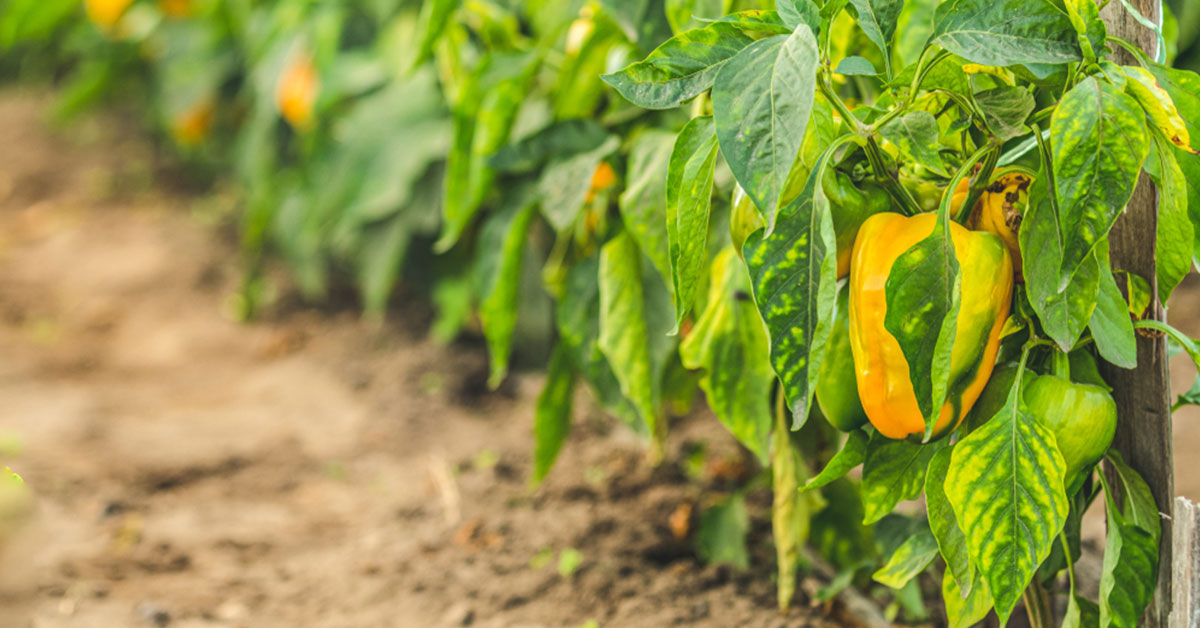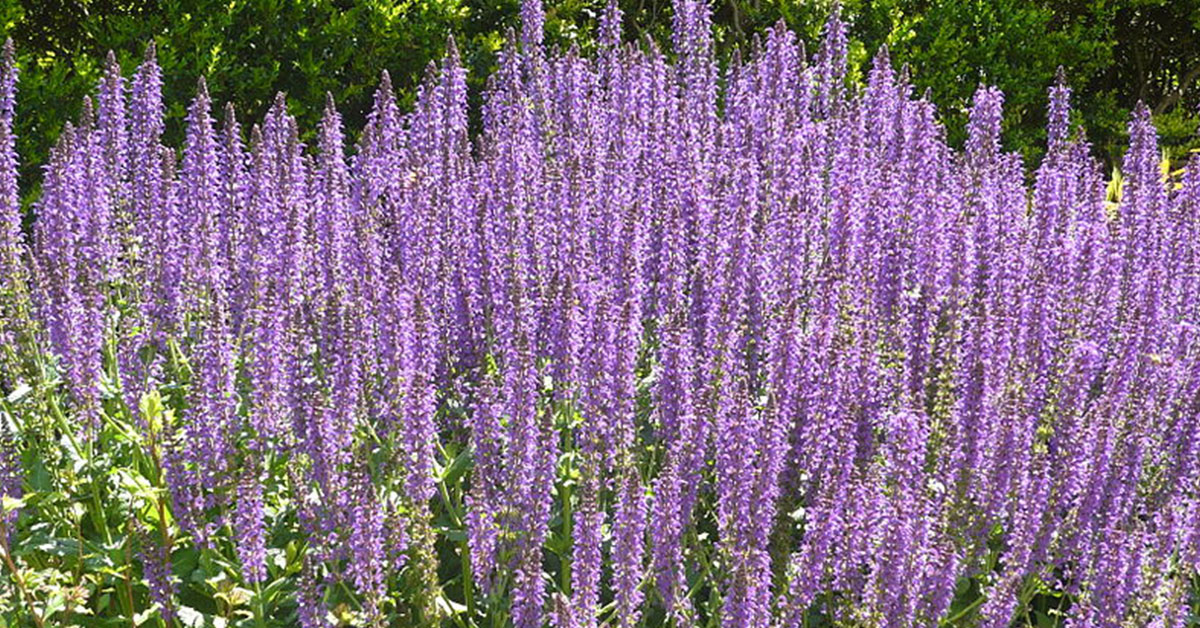Gardening is a rewarding hobby that brings beauty and satisfaction, but it’s also filled with potential pitfalls. Even seasoned gardeners can fall into some common traps that can lead to less-than-stellar results. The good news is that most gardening mistakes are easy to fix with a bit of knowledge and attention.
In this article, I’ll share twelve common gardening mistakes and how to avoid or correct them. Whether you’re a novice or a pro, these tips will help you achieve a healthier, more vibrant garden. Let’s dive into these gardening missteps and learn how to keep our gardens thriving!
Overwatering
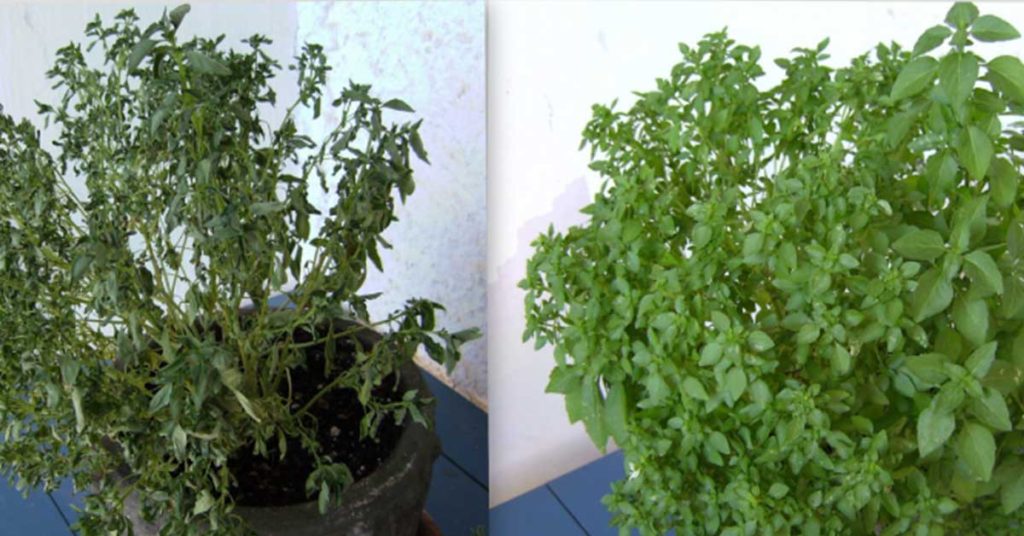
Overwatering is one of the most common mistakes gardeners make. Too much water can lead to root rot, fungal diseases, and a host of other problems. Many plants prefer their roots to dry out between waterings, so it’s essential to understand the water needs of each plant in your garden.
To avoid overwatering, check the soil moisture before watering by sticking your finger about an inch into the soil. If it feels dry at that depth, it’s time to water. Also, ensure your garden has good drainage, and consider using mulch to retain moisture without waterlogging the soil. Drip irrigation systems can help provide consistent, measured watering, reducing the risk of overwatering.
Underwatering
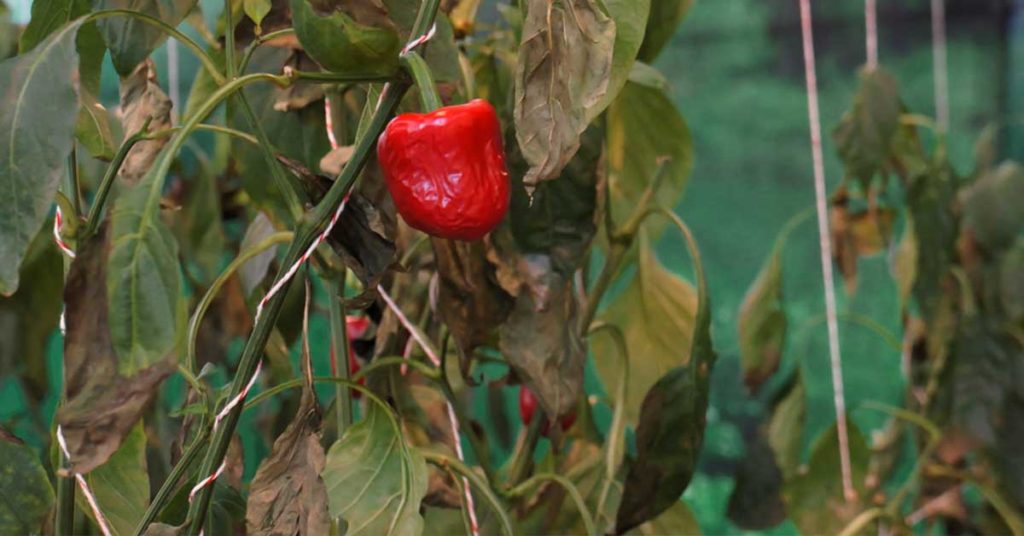
Conversely, underwatering can stress plants, leading to wilting, stunted growth, and poor yields. It’s crucial to keep the soil consistently moist, especially during hot and dry periods. Some plants are more drought-tolerant than others, so knowing your plants’ water requirements is key.
To prevent underwatering, establish a regular watering schedule and adjust it based on weather conditions. Mulching can also help retain soil moisture and reduce evaporation. For container plants, check them daily, as they can dry out quickly, especially in hot weather.
Planting in the Wrong Spot
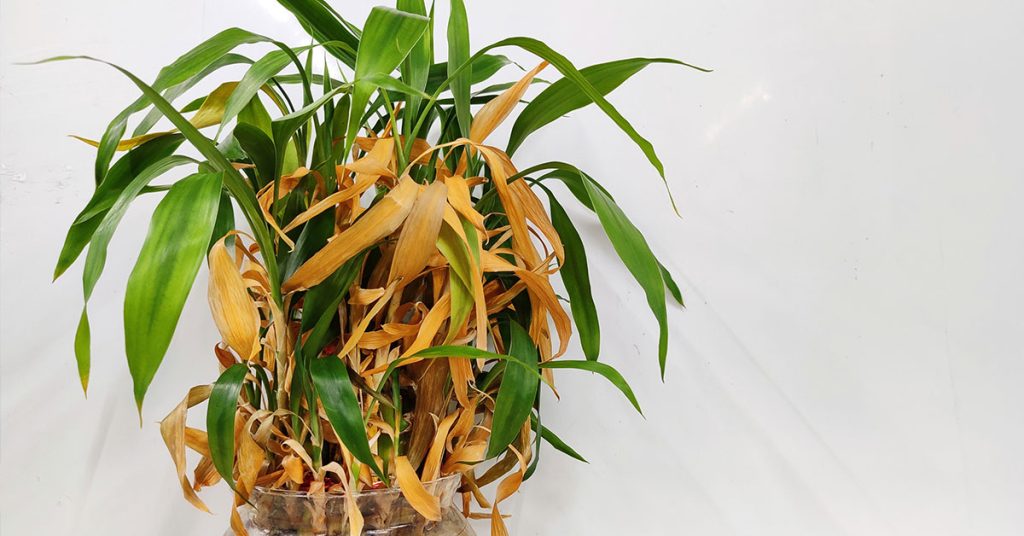
Planting flowers and vegetables in the wrong location can lead to poor growth and low productivity. Some plants need full sun, while others thrive in partial shade. Planting sun-loving plants in the shade or shade-loving plants in full sun can cause them to struggle and fail to thrive.
Before planting, assess the light conditions in different parts of your garden and choose plants that match those conditions. Pay attention to the labels on plants for their light and spacing requirements. Proper placement ensures your plants get the right amount of light, leading to healthier growth and better yields.
Not Preparing the Soil
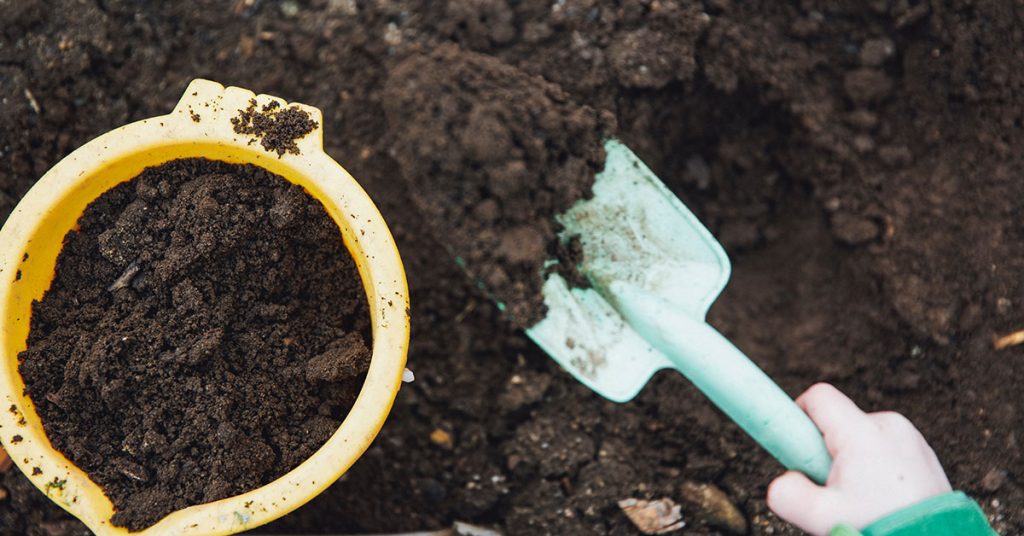
Good soil preparation is the foundation of a successful garden. Planting in poor, compacted, or nutrient-deficient soil can hinder plant growth and health. Many gardeners skip this crucial step, leading to disappointing results.
To fix this, start by testing your soil to determine its pH and nutrient levels. Amend the soil with organic matter, such as compost or well-rotted manure, to improve its structure and fertility. Regularly adding organic matter will help maintain healthy soil, providing your plants with the nutrients they need to thrive.
Planting Too Close Together
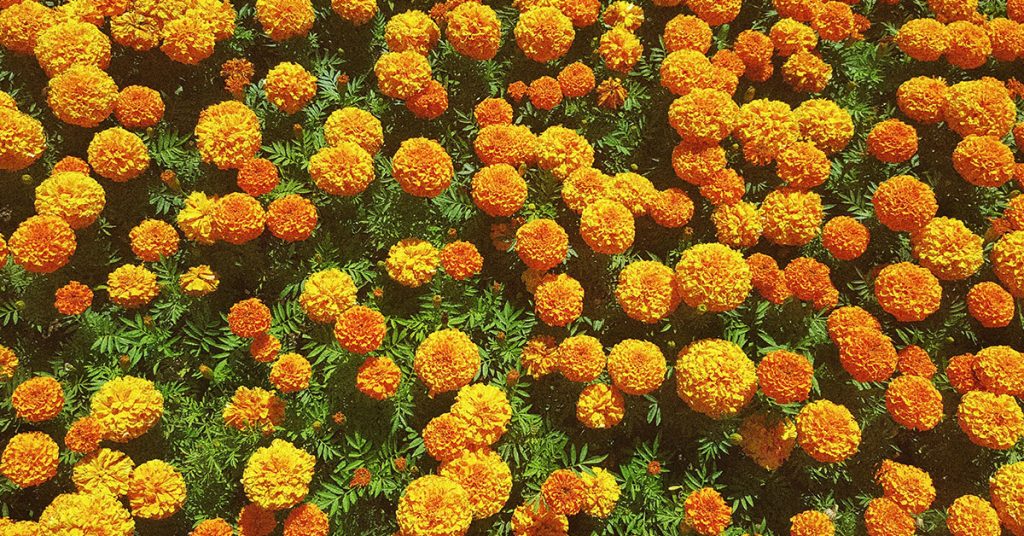
Crowding plants is a common mistake that can lead to competition for light, water, and nutrients. Overcrowded plants are also more susceptible to pests and diseases due to poor air circulation. This can result in stunted growth and lower yields.
To avoid this, follow the spacing recommendations on plant labels or seed packets. Giving your plants enough space ensures they have room to grow and thrive. If you’ve already planted too closely, consider thinning out some plants to improve airflow and reduce competition.
Ignoring Pest Problems
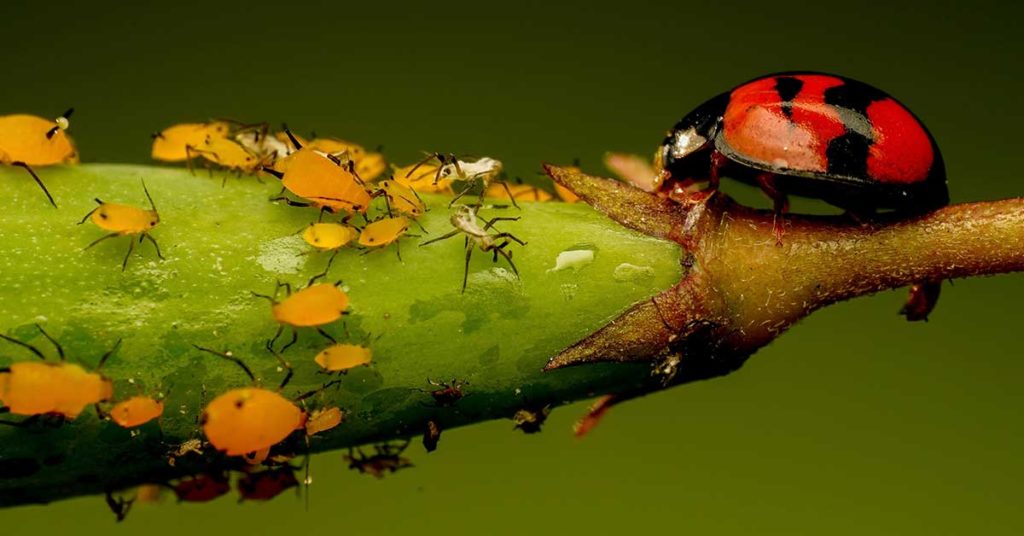
Pests can quickly damage or destroy your plants if not addressed promptly. Many gardeners make the mistake of ignoring early signs of pest problems, allowing infestations to escalate. This can lead to significant damage and loss of plants.
Regularly inspect your garden for signs of pests, such as holes in leaves, sticky residue, or the presence of insects. Use organic pest control methods, like introducing beneficial insects or using neem oil, to manage pests without harming the environment. Early intervention is key to keeping pest problems under control.
Over-Fertilizing
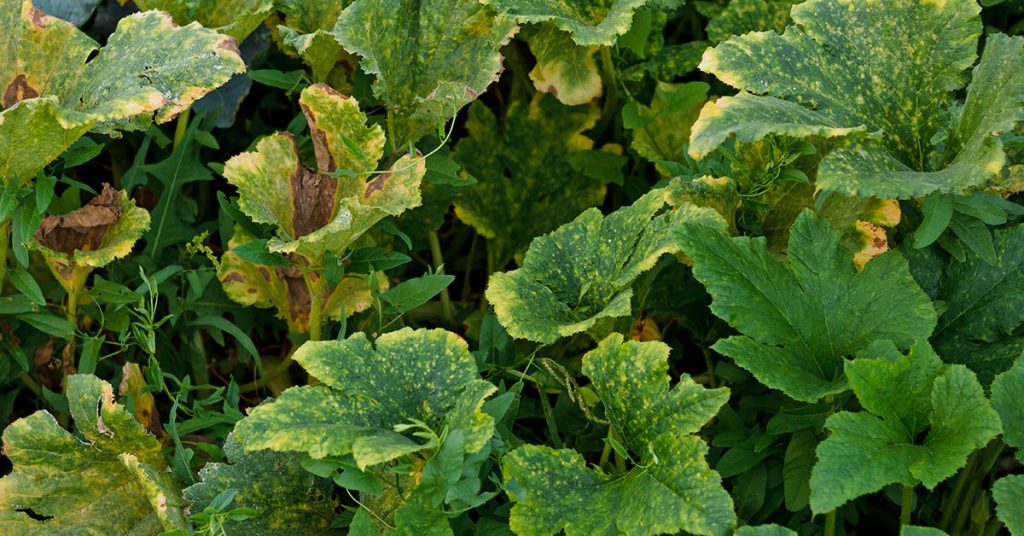
While fertilizing is essential for healthy plant growth, over-fertilizing can do more harm than good. Excessive fertilizer can burn plant roots, lead to nutrient imbalances, and contribute to environmental pollution through runoff.
To avoid over-fertilizing, follow the recommended application rates on fertilizer packages. Use slow-release fertilizers to provide a steady supply of nutrients. Regularly testing your soil can also help you determine its nutrient needs, allowing you to fertilize appropriately without overdoing it.
Pruning at the Wrong Time
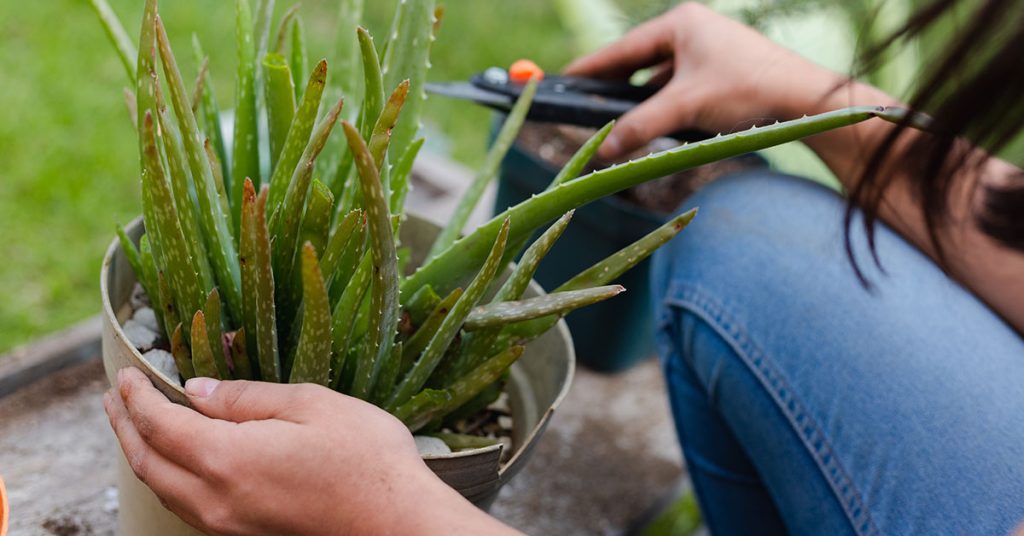
Improper pruning can damage plants and reduce their flowering or fruiting potential. Pruning at the wrong time can remove flower buds, weaken the plant, or make it more susceptible to disease.
Learn the proper pruning times for the plants in your garden. For example, prune spring-flowering shrubs after they bloom, while summer-flowering plants are best pruned in late winter or early spring. Using sharp, clean tools and making precise cuts will also help your plants recover quickly and grow more vigorously.
Neglecting Mulching
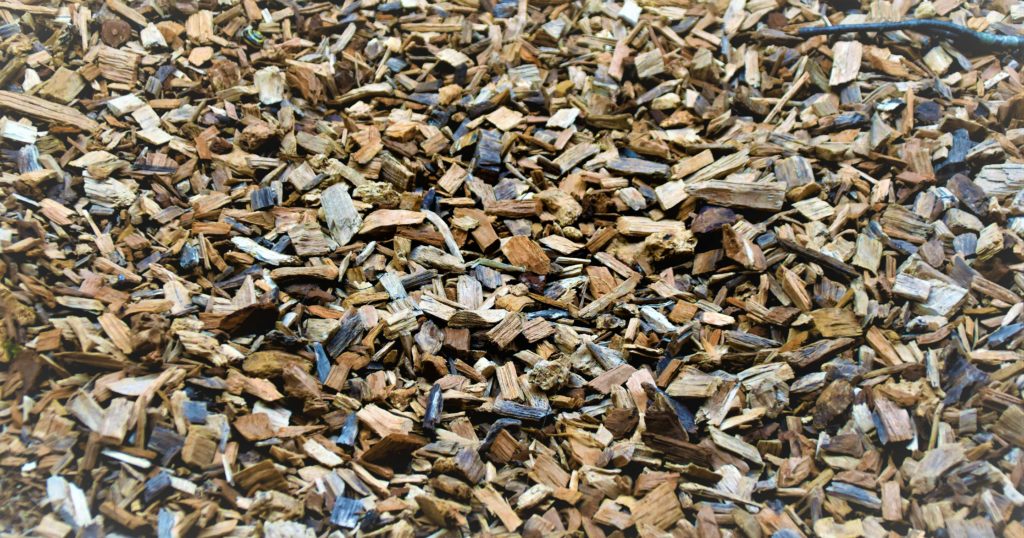
Mulching offers numerous benefits, such as conserving moisture, suppressing weeds, and improving soil health. However, many gardeners neglect to mulch their garden beds, missing out on these advantages.
Apply a 2-3 inch layer of organic mulch, like straw, wood chips, or compost, around your plants. Keep the mulch a few inches away from the plant stems to prevent rot and pests. Mulching not only helps retain soil moisture and reduce watering needs but also enriches the soil as it decomposes.
Using the Wrong Tools
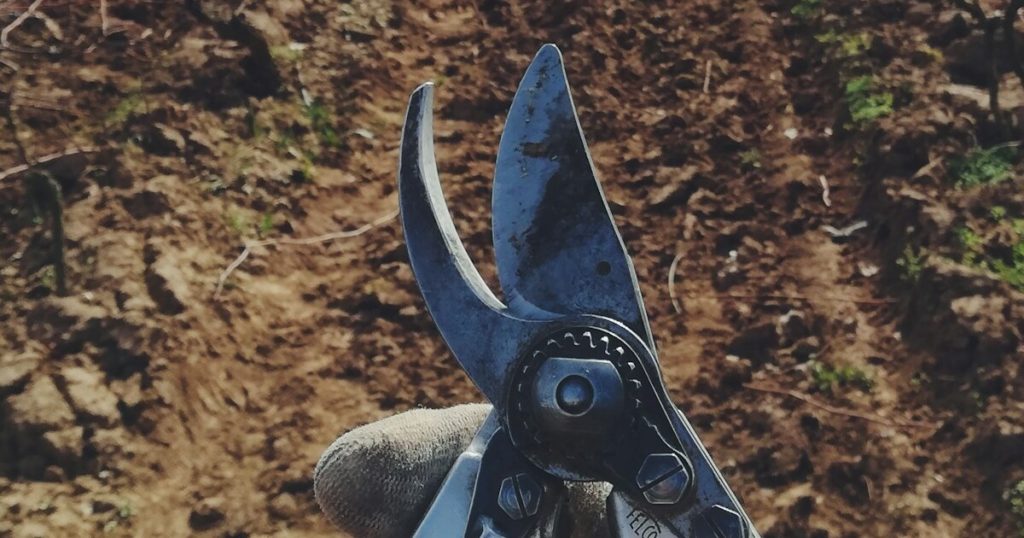
Using the wrong gardening tools can make tasks harder and lead to poor results. For example, using dull or inappropriate tools can damage plants and make pruning or weeding more difficult than it needs to be.
Invest in high-quality, appropriate tools for the tasks at hand. Keep your tools clean and sharp, and store them properly to prolong their lifespan. Having the right tools makes gardening more efficient and enjoyable, leading to better care for your plants.
Not Rotating Crops
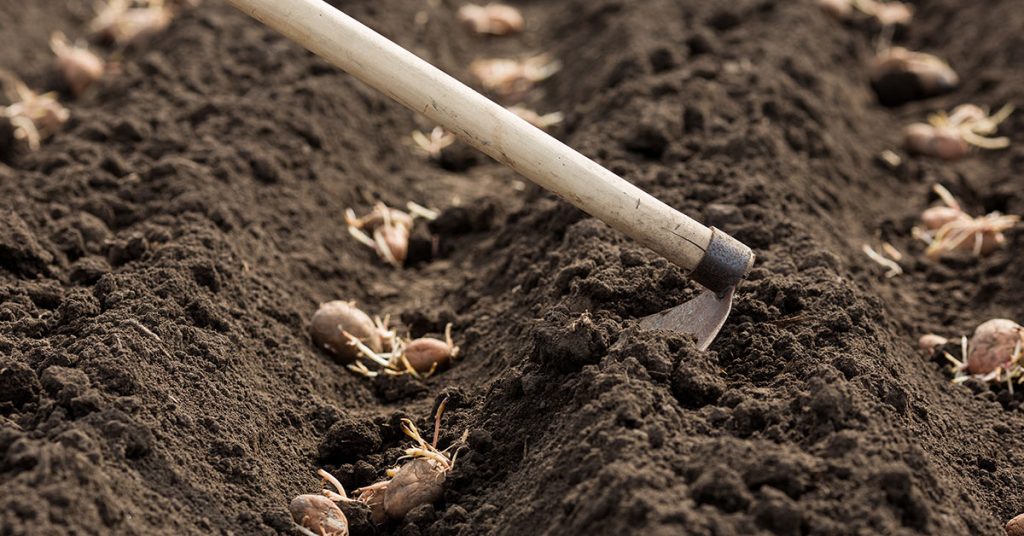
Growing the same type of vegetable in the same spot year after year can deplete the soil of specific nutrients and increase the risk of pests and diseases. Crop rotation helps maintain soil fertility and disrupts pest and disease cycles.
Plan your garden layout to rotate crops annually. Group plants by family and move them to different areas of the garden each year. This practice helps keep your soil healthy and reduces the likelihood of recurring pest and disease problems.
Forgetting to Deadhead
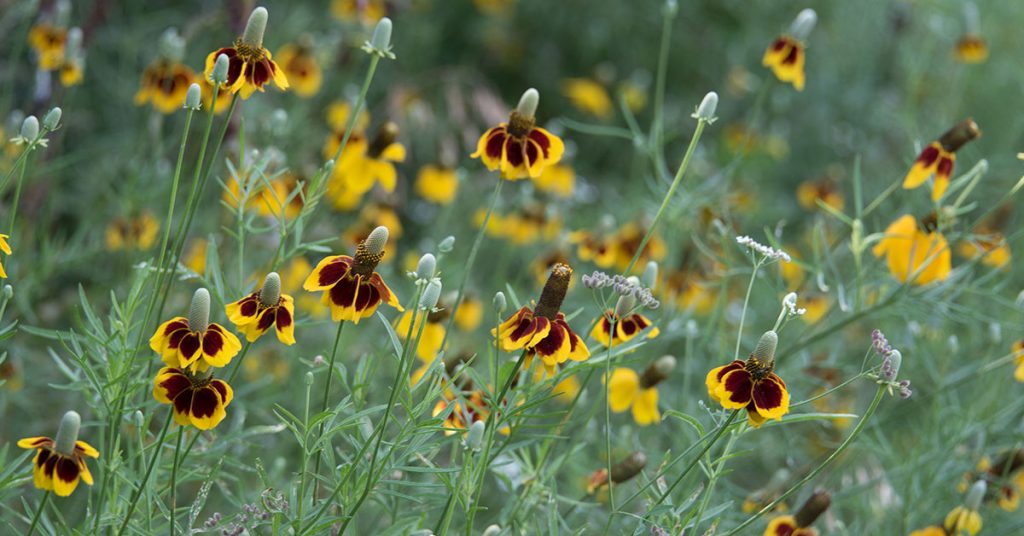
Deadheading, or removing spent flowers, encourages plants to produce more blooms and prevents them from going to seed prematurely. Many gardeners overlook this simple task, resulting in fewer flowers and a less vibrant garden.
Make deadheading a regular part of your gardening routine. Use sharp scissors or pruners to remove spent flowers just above the first set of healthy leaves. This practice promotes continuous blooming and keeps your garden looking tidy and colorful throughout the growing season.
